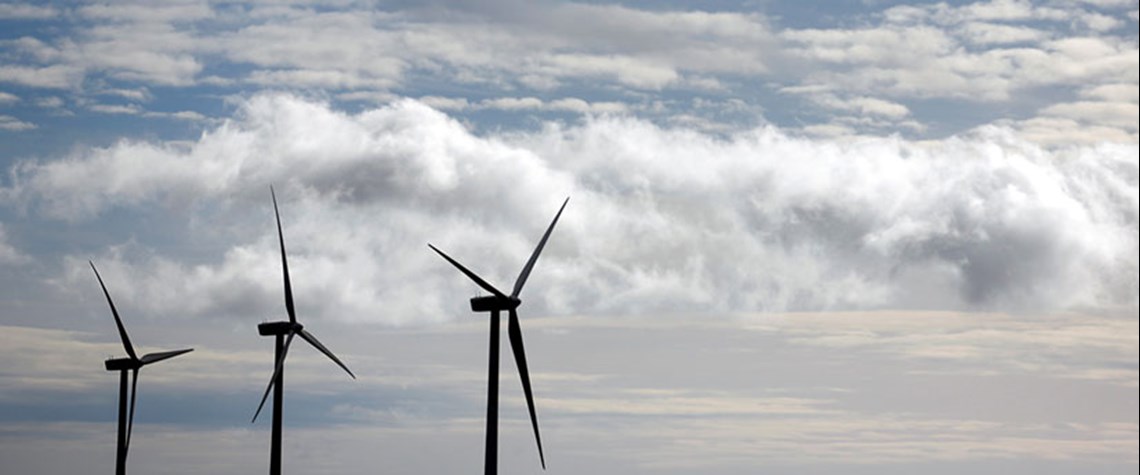Obstacles to renewables growth can be addressed
Supply chain resilience, intermittency issues and ageing grids all stand in the way of decarbonising power supply
The amount of electricity generated by wind and solar will have to rise dramatically by 2050 in order to reach the goals of the Paris Agreement, according to figures from consultancy Rystad Energy. The bulk of growth will come from solar, where annual installations will have to grow sixteenfold, to a peak of 2,200GW/yr in 2039. Meanwhile, wind will have to grow ninefold to reach 553GW/yr in the same year. “We can overcome these challenges” Frimann-Dahl, Rystad Energy Overall, solar and wind will each require $1tn/yr to grow to supply 88pc of electricity demand globally by 2050, up from 10pc currently. The main challenges in reaching this goal are: supply chain resilience, intermitten

Also in this section
22 July 2025
Sinopec hosts launch of global sharing platform as Beijing looks to draw on international investors and expertise
22 July 2025
Africa’s most populous nation puts cap-and-trade and voluntary markets at the centre of its emerging strategy to achieve net zero by 2060
17 July 2025
Oil and gas companies will face penalties if they fail to reach the EU’s binding CO₂ injection targets for 2030, but they could also risk building underused and unprofitable CCS infrastructure
9 July 2025
Latin American country plans a cap-and-trade system and supports the scale-up of CCS as it prepares to host COP30








